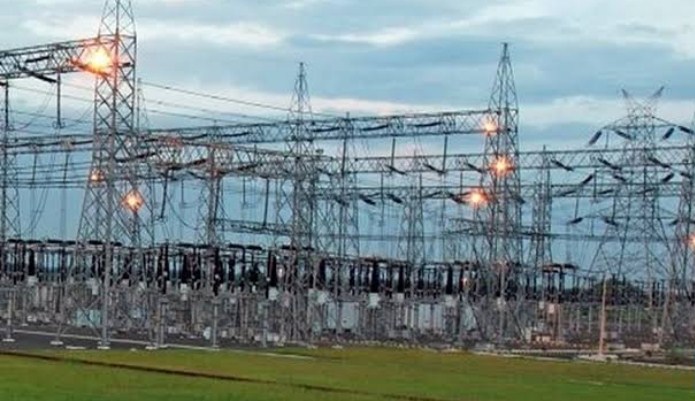As new areas gain access to basic levels of electricity, men in these households tend to dominate its use, according to a study conducted inIndia which suggests that men benefit more than women from such access. The study, published in the journal Nature Sustainability, highlights intra-household power dynamics as an important factor to consider for enablingmore equitable energy access in developing countries.
Until now, scientists believed that with better electricity access in the developing world, less time and effort was needed for tasksrelated to cooking, water collection, and other housework, which are typicallyundertaken by women. However, the researchers behind the current study,including those from Carnegie Mellon University in the US, said it not enoughto just look at access, since this does not adequately consider the localsocial context and household power dynamics.
As part of the study, the researchers employed a two-partapproach to understand how electrified households in India use energy. First,they conducted detailed interviews with over 30 women in electrified householdswhich revealed what appliances were used in each house, and who typically usedthem. The scientists then categorized common appliances according to typicaluse patterns as one of three types -- more male-used, more female-used, orneutral. According to the study, households tended to have more male-usedappliances than neutral, and more neutral than female-used appliances.
The scientists attributed this difference to the nature ofsome appliances that are more female-used, such as sewing machines, mixers, andgrinders. However, they said, this gender gap of electricity use existed evenfor the least expensive appliances like fans and light bulbs. While the pooresthouseholds in the survey had multiple bulbs and fans, the researchers said,these were rarely found in kitchen spaces.
The researchers said this was despite interviewees sayingthat electrification in these places would make their household duties easier, andfree up time for other activities.
Only about a quarter of the women felt that electricity hadgranted them added time to pursue activities which they wanted to do outside ofhousework, the researchers said.
Many of the women explicitly stated that the appliancespurchased in their house were used predominantly by their children and husband.
The researchers said in these households in Gujarat, whereresources were scarce, male use of electricity was prioritised. "Otherresearchers have shown that electricity access can provide important benefitsfor poorer households and improve female well-being. However, we suggest thatdynamics within the households can affect the way household members useelectricity and thereby maintain or exacerbate unequal genderrelationships," said study co-author Paulina Jaramillo from CMU.
The same patterns of gender inequality also existed withinhouseholds in other states, including Bihar, Jharkhand, and Madhya Pradesh,according to the study. Households had more male-used appliances, the studysaid, compared to more female-used appliances, even when controlling forhousehold income. However, it noted that in female-led households, thesepatterns of electricity use did not hold.
Some female-led households, the researchers said, were morelikely to have light bulbs and fans in the kitchen, unlike male-led households.According to the researchers, women choose to use electricity differently thanis typical in male-led households, reflecting how male-female power differencesinfluence electricity use patterns. The scientists added that this genderelectricity use gap persists for years. Households continued to have moremale-used appliances than female-used appliances a decade after first receivingelectricity, even for relatively wealthier households, the researchers said.
"Access to electricity is a necessary precondition toachieving many development goals. But it is not a sufficient one to helpdeveloping countries overcome social norms that can drive who benefits fromdevelopment," Jaramillo said. The researchers concluded that socialcontexts ultimately shape how sustainable development interventions unfold.When people study sustainable development goals, they tend to look at them inisolation. Our study advocates for more analysis as to their interactions anddevelops a framework for which to do that," said Daniel Armanios, studyco-author from CMU.
Leave a comment
Your email address will not be published. Required fields are marked *


